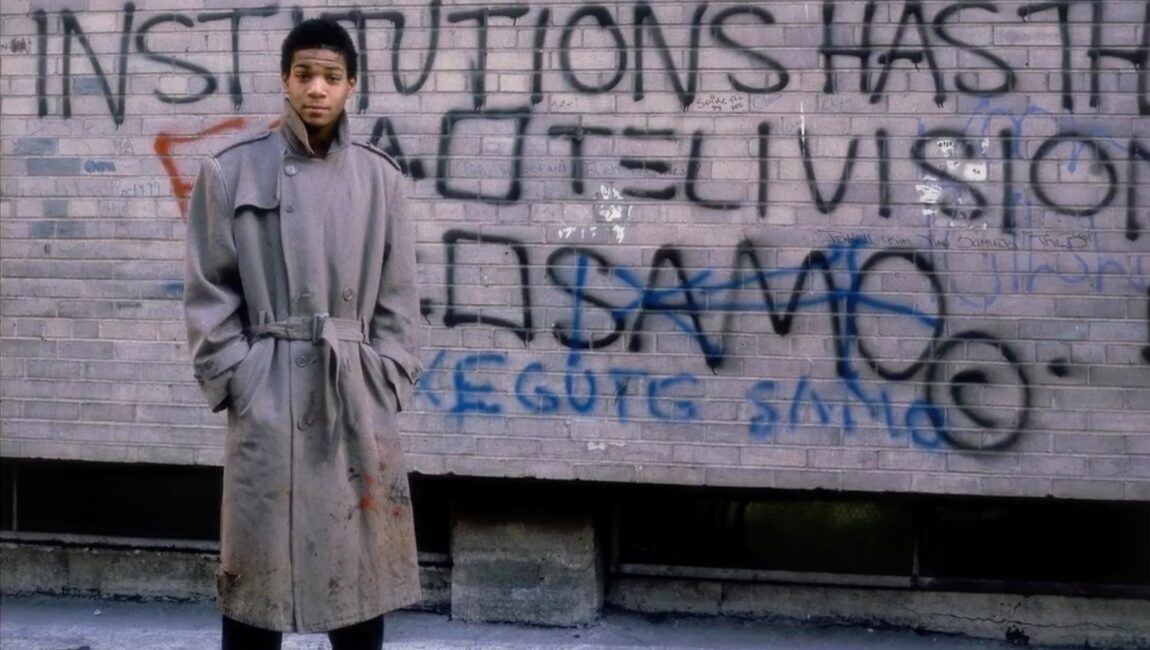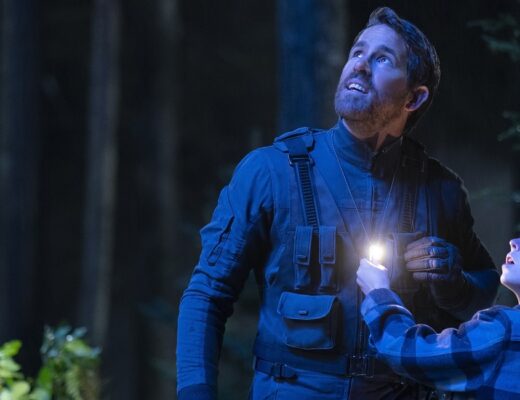Discovering Sara Driver’s No Wave narratives You Are Not I and Sleepwalk during an Anthology Film Archives retrospective of her work several years ago was revelatory. Sleepwalk, in particular, is a unique hybrid of Rivettian intrigue and Eastern mysticism — an essential missing piece of NYC independent filmmaking, playful and dreamlike but suffused with the unsteady atmosphere of the city at night. More than two decades after her previous feature, When Pigs Fly, Driver returns with a documentary portrait of the downtown New York art scene in the late ’70s and early ’80s, when the burgeoning street-art and hip-hop cultures of Harlem and the Bronx merged with the nihilistic energy of the Manhattan punk scene and shook up the modern-art establishment of the SoHo gallery world. But Boom for Real: The Late Teenage Years of Jean-Michel Basquiat is a far cry from the formal daring of Driver’s early work; in fact, it’s downright conventional, a standard informational melange of earnest talking head interviews and archival footage. Disappointingly anonymous, especially coming from a filmmaker who was herself an active part of the scene her film focuses on, Boom for Real summarizes talking points of the period that have been more thoroughly explored in other works, and skims over subjects that have already been encapsulated in better documentaries like Tony Silver’s Style Wars.
The most glaring issue, however, is the strange absence of Basquiat himself at the center of the film. Though talked about in most of the interviews (which include people who knew him well; close collaborators; friends; roommates; and ex-lovers) and seen in footage and photos from the era, his own voice remains completely unheard, and as such, Boom for Real never feels like it probes deeper than the surface. Of course, Basquiat contributed to this obfuscation of self with his SAMO graffiti tags and prankish persona, but the extent to which the film mentions him while so rarely allowing him a voice is perhaps unintentionally revealing. “I was in the presence of the most vivid representation of an era,” one talking head reverently recalls toward the end of the film. With a few exceptions (such as hip-hop icon Fab Five Freddy), the people interviewed for Driver’s film did not achieve anywhere near the level of fame and influence as Basquiat and now work as writers and curators anthologizing the scene they once inhabited, so the whole enterprise has the feeling of a weirdly desperate grab at cool-by-association, a feature-length name-drop. Driver’s longtime partner Jim Jarmusch pops up to encapsulate Basquiat’s appeal, describing him as “a true investigator of visual ideas and language.” But there’s depressingly little investigation in Boom for Real, which seems content to reiterate ideas that have already been spoken, and in language that’s familiar.
Published as part of New York Film Festival 2017 | Dispatch 5.







